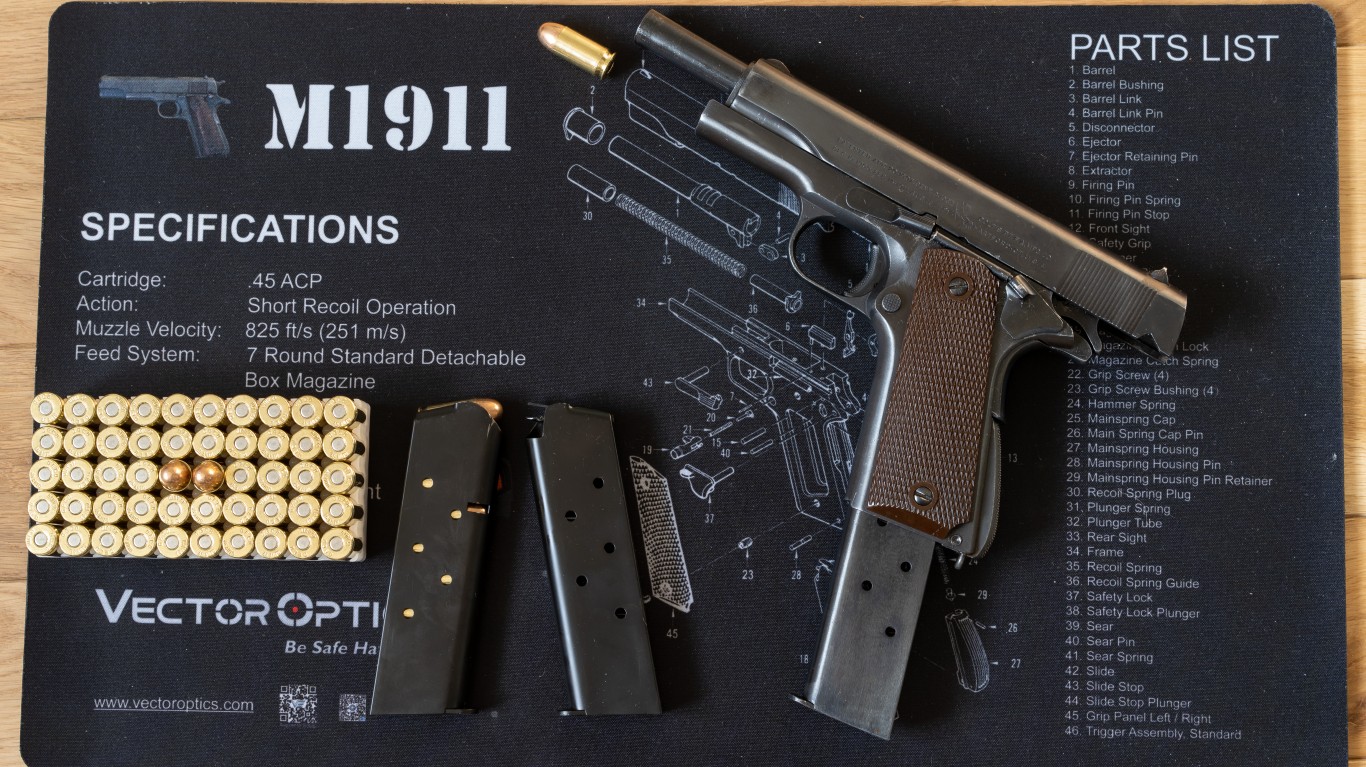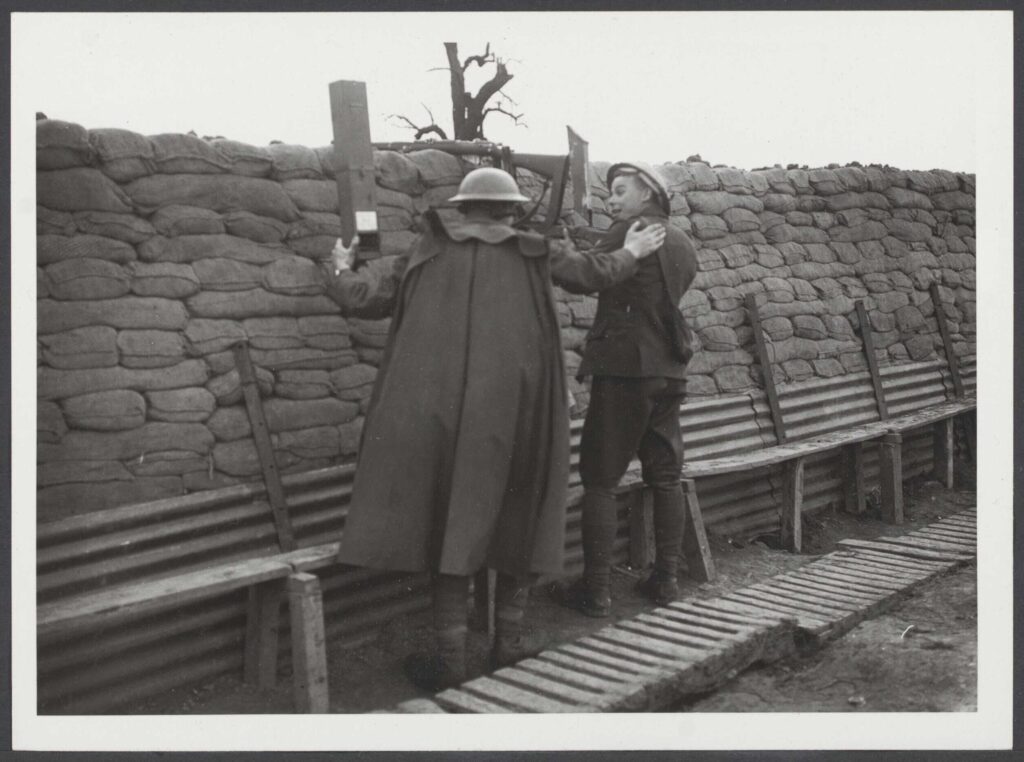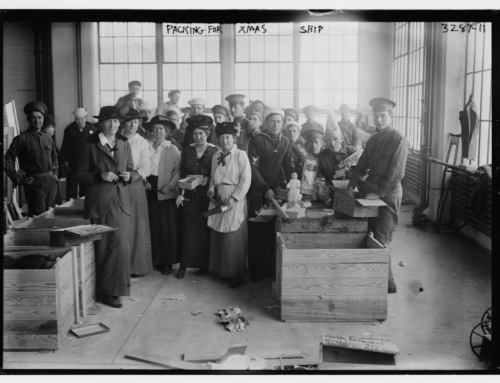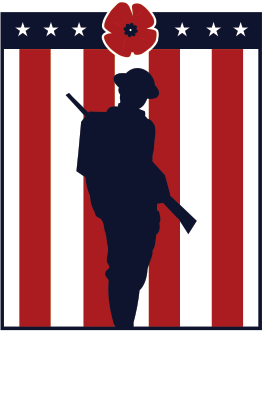20 Incredible Facts About the Weapons Used in America’s $32 Billion War
Published: 25 February 2025
By David Beren
via the 24/7 Wall St. website
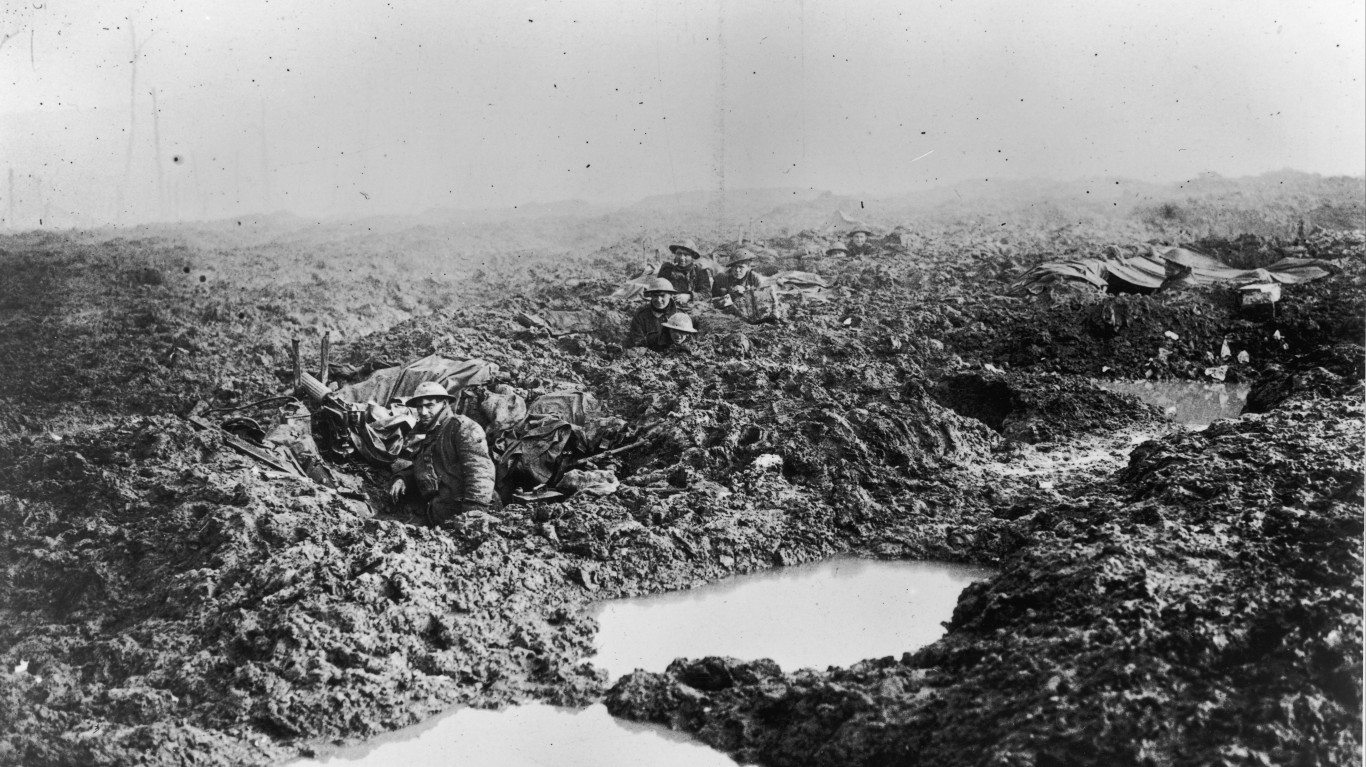
imageForEntry17-Ai8
Widely considered one of the world’s most terrible wars, “The Great War” is a moment in human history we would like to forget. However, we can’t forget such actions, as we are responsible for remembering why they happened in the hopes of not allowing such global destruction to happen again.
During World War I, the United States spent approximately $32 billion – an amount equivalent to 52% of the country’s gross national product at the time.
To fund this colossal expense, the government relied on a variety of methods including taxation, the sale of war bonds, and war savings stamps, while also borrowing from the public through Liberty Bonds. The Federal Reserve supported these efforts by lowering interest rates to reduce borrowing costs, and the War Industries Board was established to prioritize contracts, set quotas, and allocate raw materials.
Although the U.S. joined the war after it had already begun, the conflict had profound human and economic impacts, with many Americans losing their lives or sustaining injuries and widespread disease. Ultimately, while the government’s funding strategies were largely successful – spurring increased exports to Europe and bolstering the domestic economy – the significant borrowing by businesses and households also contributed to rising inflation.
Key Points
- Know as “The Great War,” World War I was a devastating global turn of events.
- This war also allowed the United States to make significant advancements in weapons technology.
- Many of the weapons used in World War I would be improved and later used again in World War II.
- 4 million Americans are set to retire this year. If you want to join them, click here now to see if you’re behind, or ahead. It only takes a minute. (Sponsor)
World War I continues to be an opportunity to look back at some of the fascinating and terrible weapons the United States introduced on the battlefield. Unfortunately, these advancements would help set the stage for even more weapons to be introduced in World War II.
20. M1911 “Gunfighter”
- Source: Smithsonian Magazine
Already a popular handgun during the war, US troops sanded down the grip of their M1911 pistols so they could be pulled from their holsters more quickly in case of surprise contact with troops. Competitive shooters would later adopt this sandy conversion.
19. Sound Locators
- Source: CNN
Known as “war tubas” or “sound trumpets,” the US employed these to detect enemy warplanes and artillery from a distance. Something of a predecessor to future radar systems, the US, France, and Britain employed these systems to try to detect incoming enemy fire early.
18. Trench Periscope
- Source: National Museum of American History
While not an offensive weapon, the “Trench Periscope” shows the ingenuity of American forces during the war. This wood and metal periscope enabled soldiers hidden inside trenches to identify enemy movement without exposing themselves to enemy fire.
→ Read the entire article on the 24/7 Wall St. website.
External Web Site Notice: This page contains information directly presented from an external source. The terms and conditions of this page may not be the same as those of this website. Click here to read the full disclaimer notice for external web sites. Thank you.
